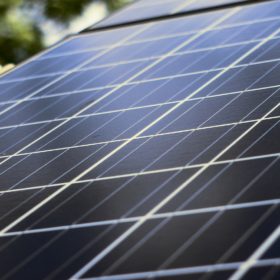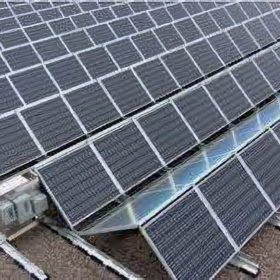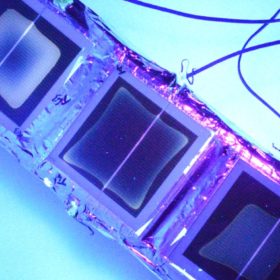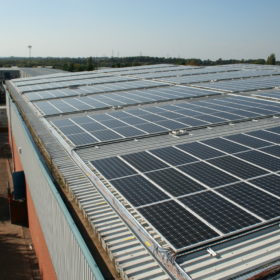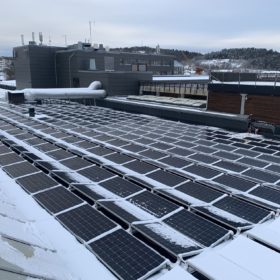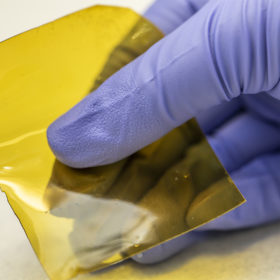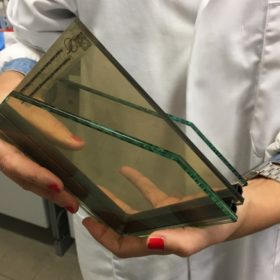Fossil fuel giants bet on offshore PV
Norwegian energy producer Equinor and Italian oil contractor Saipem have joined forces to build floating PV projects for near-coastal applications. The two companies plan to use a technology developed by Moss Maritime, a unit of Saipem.
A second life for disused modules and EV batteries
A study led by Bern University of Applied Sciences is moving into the demonstration phase, with projects in Germany, Switzerland, and Belgium. With partners from all over Europe, the Swiss researchers are developing models for how solar modules and batteries from electric cars can still be used in a sustainable way after their lifecycle has ended.
Raising a PV system’s yield by 20% with mirror reflectors
A group of Scientists in India has demonstrated a 20% increase in a PV system’s energy yield through the use of mirror reflectors in the summer season. Though the technology is still far from being economically viable, the research shows that higher power yields can be reached without significantly affecting the module temperature.
Identifying early-stage discoloration in EVA encapsulants
A new, non-destructive method has been proposed by researchers in India who say identifying early-stage discoloration in EVA encapsulants can help detect degradation in solar panels before power output is affected. The scientists used an ultraviolet accelerated aging test during 34 days on three encapsulant samples.
The best string configurations to avoid mismatch losses from rooftop PV shading
Researchers in Pakistan have evaluated the impact of shading on inverter set-ups to assess PV system performance. Tests were conducted on a 51 kW system featuring SMA inverter topologies but the researchers say the findings could be applied to products from other manufacturers. The results showed the number of maximum power point trackers is important but levelized cost of energy calculations are also crucial to selecting the right inverter configuration.
Heating solar panels to clear snow
A Norwegian company has developed a way to melt snow on modules to avoid excess weight on roofs and panels, especially on large commercial and industrial arrays. A control system measuring snow density is linked to DC power supply units to warm the panels.
New fractal solar panels combine efficiency and aesthetics
Researchers from the United States have proposed a new electrode design for fractal solar panels that combines the typical aesthetic advantages of the technology with the efficiency of busbar design. The proposed pattern is based on the fractal tree structure known as H tree, or T-branching, which is a geometric shape consisting of a repeating pattern that resembles the letter H. The hybrid H-tree/busbar pattern showed power losses that are close to those of standard busbars.
Cheaper flow batteries with new membrane
US scientists claim to have discovered a membrane which could lead to cheaper large scale flow batteries. The material is an ion-selective, aqueous-compatible polymer with intrinsic microporosity known as AquaPIM and is said to have tunable thickness and high conductivity in aqueous electrolytes.
New technique to improve titanium dioxide films in dye‐sensitized solar cells
Dutch scientists are producing mesoporous titanium dioxide thin films at room temperature by using the papain enzyme in a dip‐coating procedure. This fully organic process could facilitate the development of cheaper, more efficient dye‐sensitized solar cells.
Solar windows made of chromophores
An Italian startup has developed a luminescent solar concentrator technology that can be integrated with active architectural elements and windows. The technology is based on nanoparticles known as chromophores, which decouple the absorption and light-emission processes, thanks to appropriate engineering. The company claims it has achieved a conversion efficiency of up to 3.2%, with a degree of transparency in the visible spectrum of around 80%.

